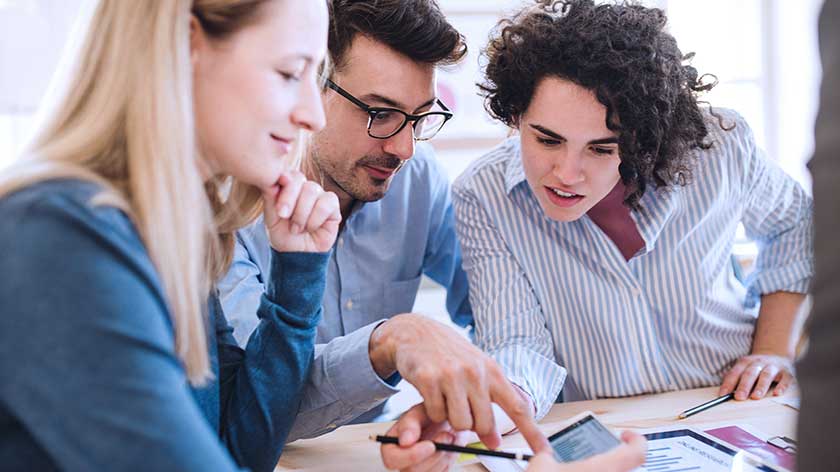In the digital age of emails and instant messaging, the art of composing a formal business letter may seem like a gone practice. However, the impact of a well-crafted business /iowaheadlines.com/ letter remains unparalleled when it comes to making a lasting professional impression. This guide illuminates the key elements and nuances of the business letter format, empowering individuals to communicate with precision and professionalism.
Understanding the Structure: Building Blocks of a Business Letter
A well-organized business letter adheres to a standard structure that facilitates clarity and professionalism. Here are the fundamental components:
1. Sender’s Address:
Positioned at the top of the letter, the sender’s address includes the name, company name, street address, city, state, and ZIP code. This information sets the stage for a formal introduction.
2. Date:
Following the sender’s address, include the date of the letter. This provides a reference point for both the sender and the recipient.
3. Recipient’s Address:
Beneath the date, provide the recipient’s address, mirroring the sender’s address in terms of detail. This ensures the letter reaches the intended recipient without any ambiguity.
4. Salutation:
The salutation, or greeting, marks the beginning of the letter. Use a formal salutation such as “Dear [Title] [Last Name],” ensuring it aligns with the level of formality required for the communication.
5. Body of the Letter:
The heart of the letter, the body, is where you articulate your message. Keep paragraphs concise and focused, maintaining a professional tone. Be clear and specific in conveying your thoughts or information.
6. Complimentary Close:
Conclude the letter with a professional closing phrase such as “Sincerely,” “Best Regards,” or “Yours Truly.” Choose a closing that matches the tone and formality of the letter.
7. Signature Block:
Leave space for your handwritten signature above your typed name. If the letter is being sent via email, you can include a scanned version of your signature or use a digital signature.
Additional Tips for Business Letter Excellence:
1. Be Concise:
Respect your recipient’s time expressing your message clearly and concisely. Avoid unnecessary details that may dilute the impact of your communication.
2. Professional Tone:
Maintain a professional and respectful tone throughout the letter. Choose words carefully and proofread to eliminate errors.
3. Consistent Formatting:
Ensure consistent formatting throughout the letter, including font style, size, and margins. Consistency adds to the overall professional appearance of the document.
4. Enclosures and Attachments:
If you are including additional documents, mention them in the letter and specify the number of enclosures. This ensures that the recipient is aware of all accompanying materials.
Embracing the Art of Business Correspondence
In a world driven digital communication, the art of composing a well-structured business letter remains an essential skill. Whether you’re conveying important information, extending an invitation, or expressing gratitude, mastering the nuances of the business letter format enhances your professional image and strengthens your ability to build meaningful connections in the corporate landscape.
As you embark on your journey of business correspondence, remember that a carefully crafted business letter is not just a formality; it’s a powerful tool for effective communication that transcends the confines of modern technology.




